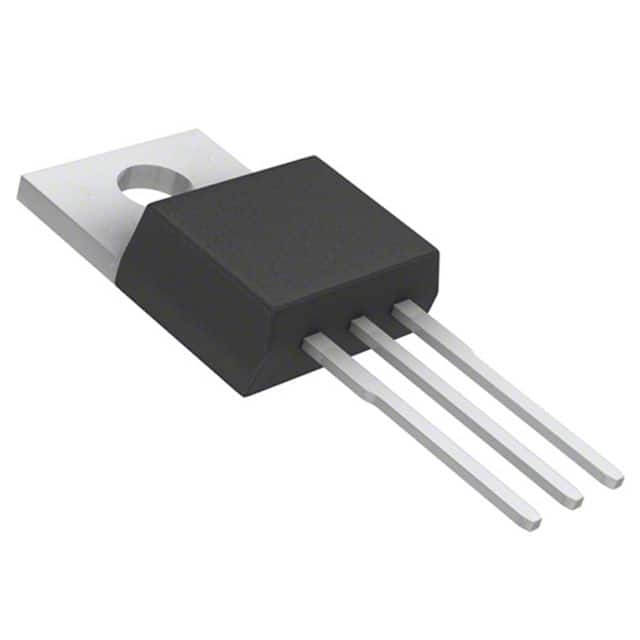Xem thông số kỹ thuật để biết chi tiết sản phẩm.

TIP102TU Transistor: Encyclopedia Entry
Introduction
The TIP102TU transistor is a crucial component in electronic circuits, belonging to the category of power transistors. This entry provides an overview of the TIP102TU, including its basic information, specifications, pin configuration, functional features, advantages and disadvantages, working principles, application field plans, and alternative models.
Basic Information Overview
- Category: Power Transistor
- Use: Amplification and switching of electronic signals in power applications
- Characteristics: High voltage and current capability, low saturation voltage
- Package: TO-220
- Essence: NPN Darlington transistor
- Packaging/Quantity: Typically available in reels or tubes containing multiple units
Specifications
- Collector-Emitter Voltage (VCEO): 100V
- Collector-Base Voltage (VCBO): 100V
- Emitter-Base Voltage (VEBO): 5V
- Collector Current (IC): 8A
- Power Dissipation (PD): 65W
- Gain (hFE): 1000 (min) at IC = 3A, VCE = 4V
Detailed Pin Configuration
The TIP102TU transistor has a standard TO-220 package with three pins: 1. Base (B): Input terminal for controlling the transistor's operation 2. Collector (C): Terminal connected to the positive supply voltage 3. Emitter (E): Output terminal through which the controlled current flows
Functional Features
- High current gain and power dissipation capability
- Low saturation voltage, enabling efficient switching
- Built-in protection diodes for inductive loads
Advantages and Disadvantages
Advantages
- High current and voltage handling capacity
- Low saturation voltage reduces power loss
- Suitable for high-power applications
Disadvantages
- Relatively large package size compared to smaller SMD alternatives
- Higher cost compared to general-purpose transistors
Working Principles
The TIP102TU operates based on the principle of amplifying and controlling current flow between its collector and emitter terminals. When a small current is applied to the base terminal, it controls a much larger current flowing between the collector and emitter, allowing for signal amplification and power control.
Detailed Application Field Plans
The TIP102TU transistor finds extensive use in various power applications, including: - Motor control circuits - Audio amplifiers - Power supply regulators - Switching circuits for high-power loads
Detailed and Complete Alternative Models
Several alternative models to the TIP102TU include: - TIP101TU - TIP105TU - TIP120TU - MJ11015G - MJ11016G
In conclusion, the TIP102TU transistor is a versatile power transistor with high current and voltage capabilities, making it suitable for a wide range of power applications. Its robust characteristics and reliable performance make it a popular choice in the electronics industry.
Word Count: 410

